I recently sat down with Ray James, Head of The Boyce L. Ansley School, for a conversation that left me both inspired and burdened to do more work at the intersection of homelessness, poverty, and education.
We talked about education, poverty, and the realities facing students experiencing homelessness—children who are navigating life without stable housing, yet still trying to hold on to the possibility of a future.
We discussed McKinney-Vento and the implementation challenges schools and administrators may face in the coming years.
What is McKinney-Vento? It is the first federal policy ever crafted and passed for homelessness happened in 1987. It was originally called the McKinney Act1, later updated to the McKinney-Vento Homeless Assistance Act—the first law to acknowledge homelessness nationally. Over time, the educational components of the law were rolled under the Department of Education, ensuring that students experiencing homelessness would not be left behind.
The McKinney-Vento Act exists to remove barriers to education for students experiencing homelessness. It guarantees:
Immediate enrollment, even without documents like proof of residency or immunization records.
Transportation to their school of origin, so children don’t have to switch schools every time their housing changes.
Access to free meals, tutoring, and counseling, often coordinated through a local district liaison who advocates for the student.2
This law was important to create because it finally recognized the invisible struggles of students living in survival mode.
These are the students who show up to class exhausted because they slept in a car the night before. The students who switch schools three or four times in a single year because their families are bouncing between motels or temporary shelters. The students whose brilliance and potential are often buried under the weight of survival, not because they lack ability or desire, but because the instability of homelessness makes it nearly impossible to focus on learning.
McKinney-Vento was designed to protect their right to an uninterrupted education, to give them a fighting chance to stay connected to school, and to ensure that the system does not abandon them simply because they don’t have a permanent address.3
Why is this important to note?4
Because children, not adults, make up one of the largest populations of people who are unhoused in the U.S.
Ray and I also talked about what isn’t always captured in the data—the emotional toll of growing up without stable housing. Constant moves and the loss of personal belongings create a quiet weight of anxiety and shame. Over time, many of these students start to believe that dreams aren’t meant for them, and that message is often reinforced by schools that are under-resourced or lack representation.
I left my conversation with Ray reminded of why proximity matters. Behind every statistic is a student with a name, a face, and a dream waiting to be nurtured.
Although the video above is only a snippet of our full conversation, you can watch the entire episode on YouTube below:
Notes From The Field
I’m starting a new series of conversations like the one above, outside my normal Imagine Dignity podcast format, called, “Notes From the Field.”
The name comes from my own experience doing qualitative research, where I used field notes as data to answer research questions and make sense of the stories and realities I was encountering. It also comes from my desire to share more broadly from reflections drawn from proximity, listening, and being present with people from all walks of life—educators, pastors, artists, and those living on the margins.
Publishers Weekly Feature:
This week, I learned from my publisher that my forthcoming book made it onto a Publishers Weekly cover—and I am honestly a little speechless. I started writing this book just a couple of months after my father transitioned, and it became a space for me to both grieve and honor his life. I’m also deeply grateful for the many supportive words and endorsements from friends and colleagues who believe in this work.
If you’re looking for a way to get involved:
Donate to Zion’s Closet and every item goes straight to students and helps us serve hundreds of children in a single school.
Volunteer by signing up to serve with Love Beyond Walls if you are in Atlanta.
Preorder the book and share it with someone who cares about students.
And if nothing else—send prayers and positivity as we continue to do this work.
Book Dr. Lester to Speak [HERE]
Listen to the Imgaine Dignity Podcast [HERE]
Explore my co-authored children’s book, Zion Learns to See: Opening Our Eyes to Homelessness—a story that helps children understand the power of service, empathy, and making a difference in the lives of those experiencing homelessness.
If you want to explore homelessness in the U.S., please consider reading “I See You: How Love Opens Our Eyes to Invisible People.”
Explore my book “When We Stand: The Power of Seeking Justice Together” to learn about the impact of community involvement and collective action on social change.
Discover “All God’s Children: How Confronting Buried History Can Build Racial Solidarity to gain insight into the significance of understanding the historical narratives that shape people and how you might stand in solidarity with your neighbor.
Or, subscribe to the Love Beyond Walls Newsletter—by visiting the site and signing up.
Peter Michael Miller, An Examination of the McKinney-Vento Act and Its Influence on the Homeless Education Situation, Educational Policy (2009): 1–27. https://doi.org/10.1177/0895904809351692
Ibid., 5.
Ibid., 7–8.
Ibid., 4. *An estimated 1.35 million children experience homelessness in the United States each year.




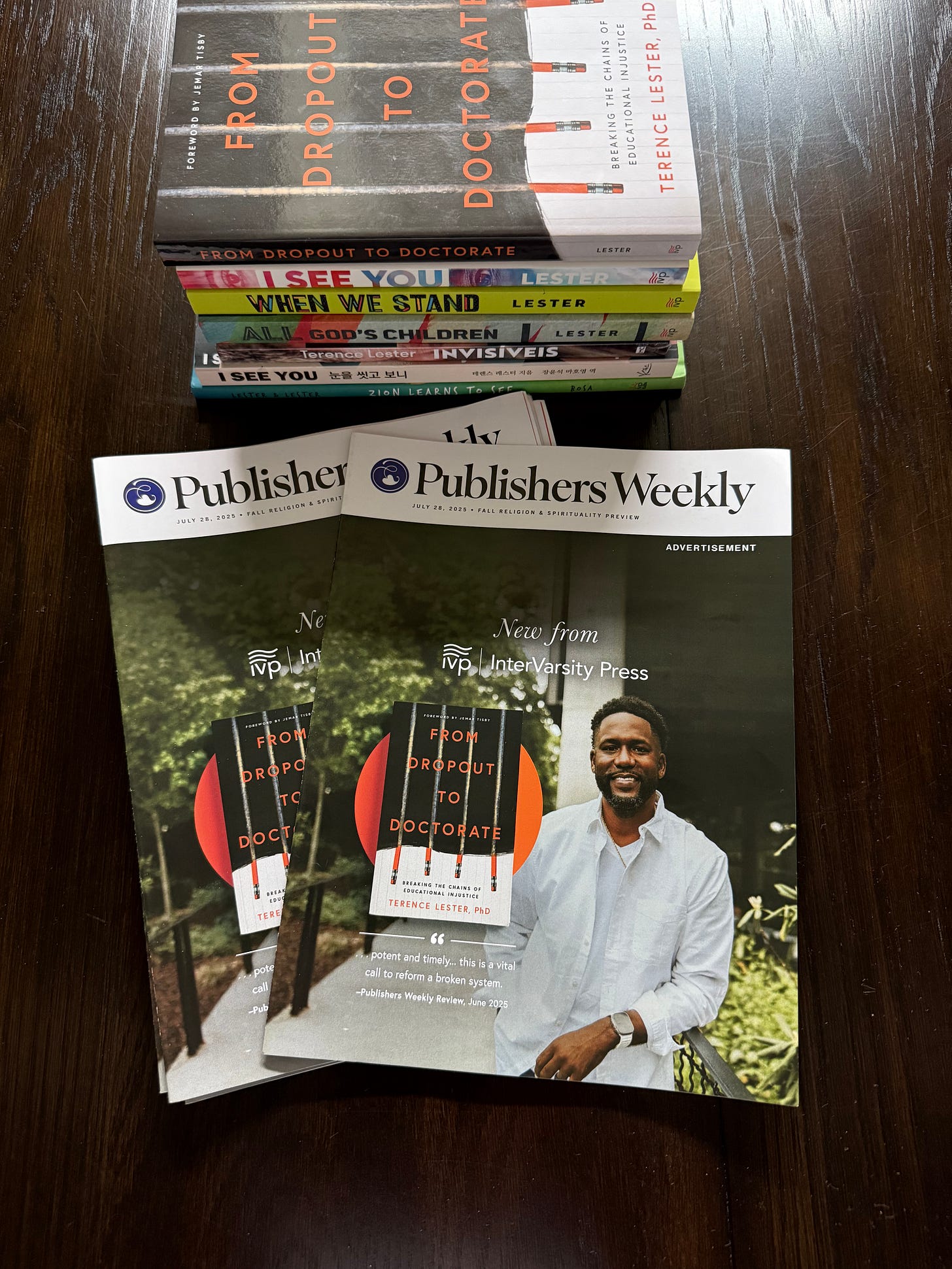

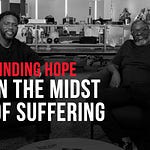
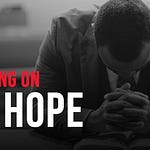
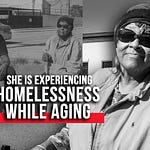
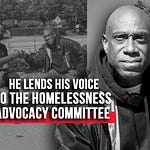
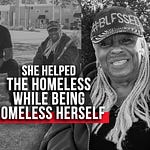
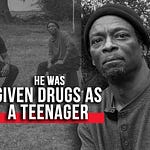

Share this post